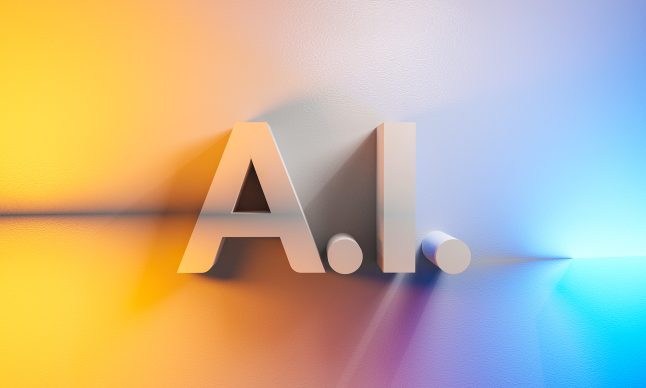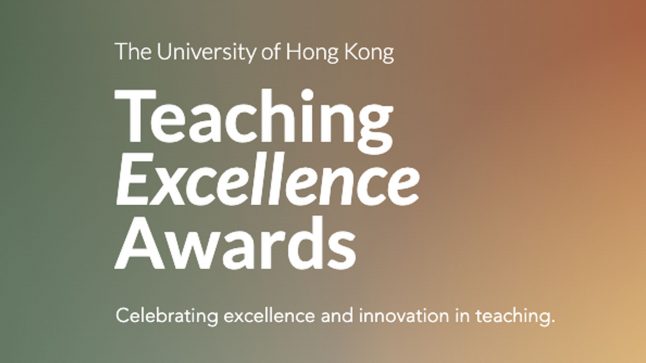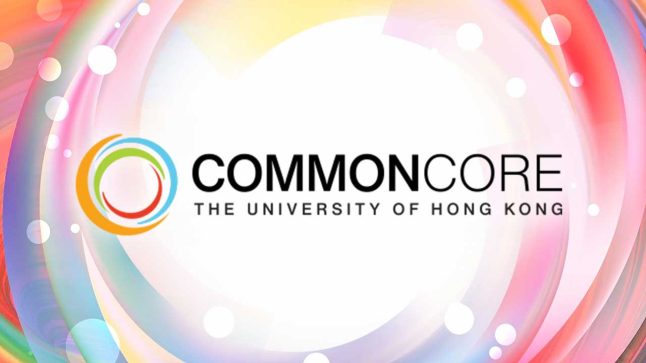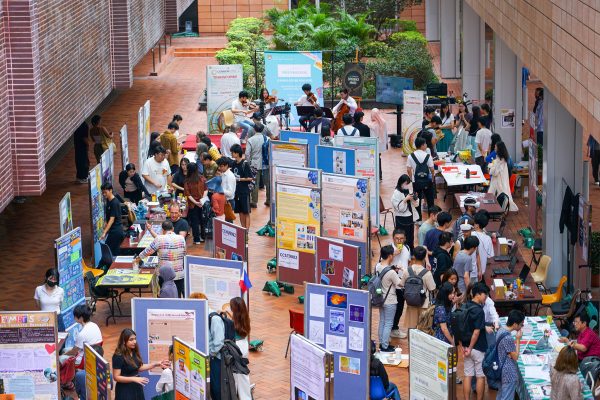
We all acknowledge the importance of feedback – a crucial element in learning, that it facilitates one’s understanding of their own work, prompts reflection and provides pointers for further improvement. Despite the consensus of feedback being beneficial, an important question to ask is whether what we do is adequate and effective. What constitutes effective feedback, and how can we choose the right feedback to suit different contexts? In the Feedback for Learning Symposium, teachers from different faculties share their insights and experience in designing feedback mechanisms to improve students’ learning.
What is Feedback?
 Ms Nicole Tavares sums up the characteristics of good feedback. [Image credit: Ms Nicole Tavares.]
Ms Nicole Tavares sums up the characteristics of good feedback. [Image credit: Ms Nicole Tavares.]
Feedback can take many different forms, but the crux of feedback is to facilitate students’ learning capabilities, strategies and development, as emphasized by Professor David Carless of the Faculty of Education. In the above picture, Ms Nicole Tavares, also of the Faculty of Education, sums up the characteristics of good feedback.
Ultimately, for feedback to make an impact, it has to be accountable, advancing, and most importantly, actionable. As explicated by Professor Ricky Kwok, Associate-Vice President of HKU (Teaching and Learning), feedback should be accountable so that both teachers and students can measure its effectiveness. Furthermore, feedback should enable students to take their learning progress to the next level. Last but not least, feedback by a teacher is only actionable when the receiving student is able to take direct actions based on it, making it practical and impactful.
What are students expecting?
Authentic assessment practices have been adopted across different disciplines in HKU, some of which are enabled by technology. Here are some examples:
- Feedback on a draft/proposal by a student;
- Short face-to-face consultation with the teacher to elaborate and comprehend the initial feedback;
- Final feedback on an assignment submitted together with a mark or grade.
In addition, they also highlighted that feedback is of greater value if it were provided when the student is still in the process of doing an assignment, in form of further guiding prompts, directions or even motivation from the teacher, which are instrumental in helping them overcome the challenges in learning.

Professor David Carless and the Student Panel.
The students also gave examples of weak or ineffective feedback that influence student’s learning:
- Highlighting or underlining with no additional textual explanations in assignments
- Indication of citation mistakes without suggesting ways of improvement
- No explanation for correct and wrong answers in online quizzes
In general, students find simply knowing “what” is right or wrong with their work inadequate, and push for the reasons “why” and methods of “how” their work can be improved under their teachers’ guidance. In response to these issues raised by the students, Professor Carless says that feedback processes should be more practical and student-friendly in order to avoid misunderstandings between teachers and students.
Here are some examples of feedback practices designed and practised by teachers from different faculties at HKU, that you may find useful in your teaching:
Injecting Dialogue into Written Feedback Processes
Professor David Carless’ approach on actionable feedback on his students’ assignments is by asking students to write on the cover sheet of their assignment what kind of feedback they would like to receive, with given structure below:
- “I would most like feedback on …”
- “The strengths are …”, “The aspects for development are …”
- “The previous feedback I have used to strengthen this assignment is …”
This dialogic writing helps finding out which aspects of feedback does a student want and needs help in. This also helps students reflect on the strengths and weaknesses of their submitted assignments. Furthermore, this reveals what kind of feedback that students received in the past helped improve the current assignment.
However, Professor Carless also points out the challenges he faced. For instance, more often than not students are not certain about what kind of feedback they need, and some are reluctant to reveal their own weaknesses. In response, Professor Carless helps students identify and explain them using assessment rubrics and criteria in detail.
Project Based Assessment and Feedback – Designing and Making Virtual Worlds
In a Common Core course that aims to get students from across various disciplines familiarized with the art and techniques of creating 3D artifacts, Dr. Nicol Pan employs many teaching assistants (TAs) who specialize in 3D technology and design, to help provide comprehensive and personalized feedback on students’ final projects. The main significance of the feedback practice used in this course is that students receive detailed and constructive feedback at each stage of the final project as shown in the below chart:
 The four stages include idea generation, gather and draft, design and test, and make and morph. [Image credit: Dr. Nicol Pan.]
The four stages include idea generation, gather and draft, design and test, and make and morph. [Image credit: Dr. Nicol Pan.]
Dr. Pan agrees that feedback bridges communication between students and teachers, and this helps guiding students through every stage in a project. She also emphasizes the nature of feedback should be nurturing, but not hostile or makes students feel nervous.
Dialogic Use of Exit Slips to Promote Students’ Reflective Capacity
Dr. Kennedy Chan, who teaches pre-service teachers, proposes the use of exit slips at presentations to enhance students’ self-reflective skills, which help formulate their own teaching philosophies. The main concern in developing effective reflection among pre-service teachers is that they tend to produce self-speculations that are often too descriptive or superficial. Therefore, Dr. Kennedy Chan intended to a) provide timely and personalized written feedback on students’ reflections, b) expose them to multiple perspectives of their work, c) compare and contrast works to define a quality reflection and d) self-evaluate their learning progress. The process involved students writing a reflection after each session, which the teacher gives feedback on, and selecting the best one as an exemplar to discuss further in class. Student reflections are assessed based on a reflection scale.

The process is finalized after 12 sessions, where students select their top 3 reflections they have produced. They are also required to self-evaluate their own reflections based on the same reflection scale. Dr. Chan also motivates students to submit reflections on Moodle for peer feedback. He believes these practices can help foster students’ thinking and their sense making feedback effectively.
Full recording of the Symposium
Follow #HKUFeedback on Twitter to check out more event details! Don’t hesitate to Contact us if you are interested in collaborating with us to enhance teaching and learning at the University!








